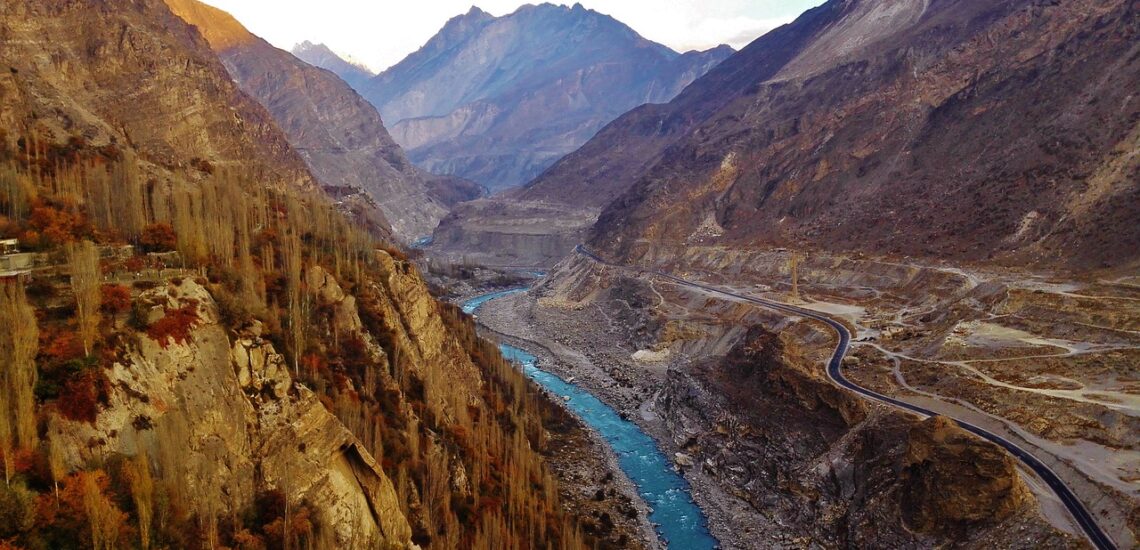Quick facts about Pakistan:
- Capital: Islamabad.
- Population: Approximately 225 million people, making it the 5th most populous country in the world.
- Official languages: Urdu and English.
- Currency: Pakistani rupee.
- Geography: Diverse geography, including mountains, plains, and coastal areas.
- Religion: Islam, with the majority of the population being Sunni Muslims.
- Government: Federal parliamentary republic.
Fact 1: Pakistan has the largest irrigation system in the world
Pakistan is home to one of the largest irrigation systems in the world, known as the Indus Basin Irrigation System. This extensive network of canals, dams, and barrages spans across the country, primarily in the fertile plains of Punjab and Sindh provinces.
The Indus Basin Irrigation System is vital for Pakistan’s agriculture, providing water for irrigation to millions of hectares of farmland. It plays a crucial role in sustaining the country’s agricultural economy, which is a significant contributor to its GDP and employs a large portion of its workforce.
This irrigation system was developed over many decades, with construction beginning during British colonial rule in the 19th century and continuing after Pakistan’s independence in 1947. It has since been expanded and modernized to meet the growing demands of Pakistan’s agricultural sector.
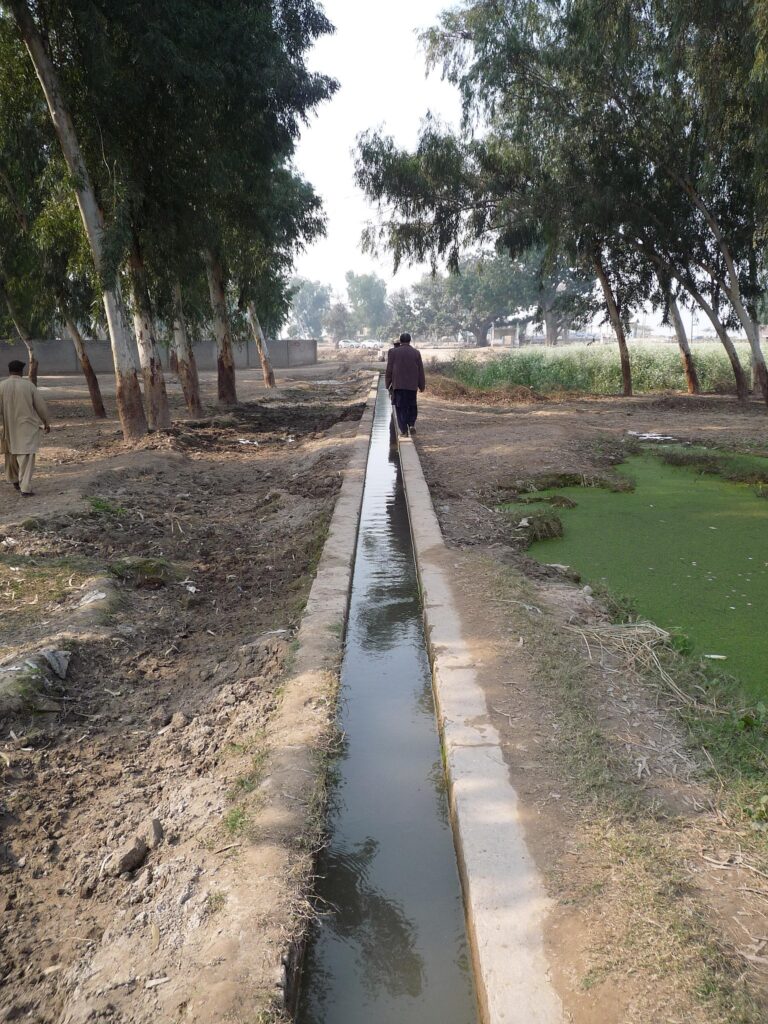
Fact 2: Pakistan has the deepest port
The Port of Karachi, situated in Karachi, Pakistan, stands out as one of the world’s deepest ports. Its strategic location on the Arabian Sea coast enables it to handle large vessels and serve as a vital gateway for international trade. This port plays a pivotal role in Pakistan’s economy by facilitating the import and export of various goods, contributing significantly to industrial development, and generating employment opportunities. Its depth allows it to efficiently handle diverse cargo types, including containerized goods, bulk commodities, and petroleum products, making it a crucial maritime hub in the region.
Fact 3: Pakistan is home to the world’s second peak
Pakistan is home to the world’s second-highest mountain, K2, which is widely regarded as one of the most dangerous peaks to conquer. Located in the Karakoram Range along the China-Pakistan border, K2 stands at an elevation of 8,611 meters (28,251 feet) above sea level.
K2’s reputation for danger stems from its treacherous weather conditions, technical challenges, and high fatality rate among climbers. The mountain is notorious for its steep slopes, unpredictable weather patterns, avalanches, and rockfall hazards, making it a formidable and deadly challenge even for experienced mountaineers.
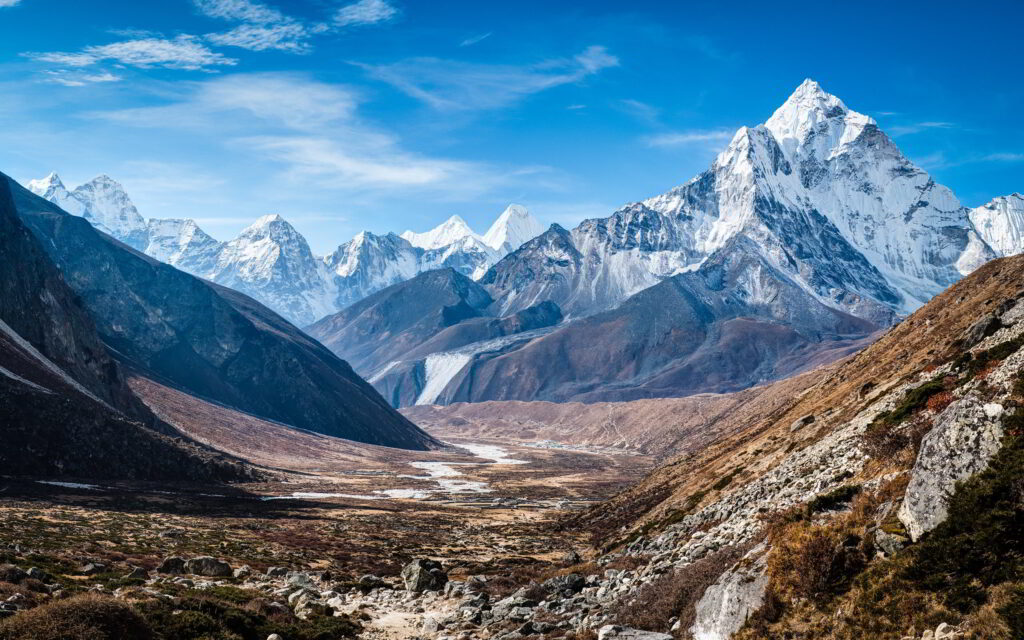
Fact 4: Pakistan is the only nuclear-armed Muslim country
Pakistan is the only Muslim-majority country to possess nuclear weapons. Pakistan’s nuclear weapons program dates back to the 1970s and culminated in successful nuclear tests conducted in May 1998, in response to similar tests by neighboring India. These nuclear capabilities have significantly influenced regional dynamics and strategic calculations in South Asia.
Pakistan’s nuclear arsenal serves as a deterrent against potential threats and adversaries, particularly India, with which it has a history of conflicts and tensions. The possession of nuclear weapons has played a significant role in shaping Pakistan’s national security policies and its relationships with other countries, including the United States and China.
Fact 5: Pakistan has 6 UNESCO World Heritage sites
These sites showcase the country’s rich heritage and attract visitors from around the world. The UNESCO World Heritage sites in Pakistan are:
- Archaeological Ruins at Moenjodaro: These ancient ruins, located in the Sindh province, date back to the 3rd millennium BCE and are one of the largest settlements of the Indus Valley Civilization.
- Taxila: This archaeological site, located in the Punjab province, was an ancient city and center of learning that flourished from the 6th century BCE to the 5th century CE, representing various ancient civilizations, including the Gandhara civilization.
- Lahore Fort and Shalimar Gardens: Situated in Lahore, the capital of Punjab province, these historic landmarks represent the Mughal architectural heritage of Pakistan. The Lahore Fort and Shalimar Gardens showcase the grandeur and beauty of Mughal-era architecture and landscaping.
- Rohtas Fort: Located near the city of Jhelum in Punjab province, Rohtas Fort is a UNESCO World Heritage site recognized for its military architecture and historical significance. Built in the 16th century by the Afghan king Sher Shah Suri, the fort served as a defensive stronghold.
- Buddhist Ruins of Takht-i-Bahi and Neighbouring City Remains at Sahr-i-Bahlol: These ancient Buddhist monastic ruins, located in the Khyber Pakhtunkhwa province, date back to the 1st century BCE and represent the Gandhara civilization’s Buddhist heritage.
- Fort and Shalamar Gardens in Lahore: The Fort and Shalamar Gardens in Lahore, Punjab, are exceptional examples of Mughal art and architecture at its zenith, and form a beautiful ensemble that is exemplary of the creative and aesthetic expressions of the Mughal Empire at its height.
Note: If you are planning to visit the country, check if you need an International Driving License in Pakistan to drive.
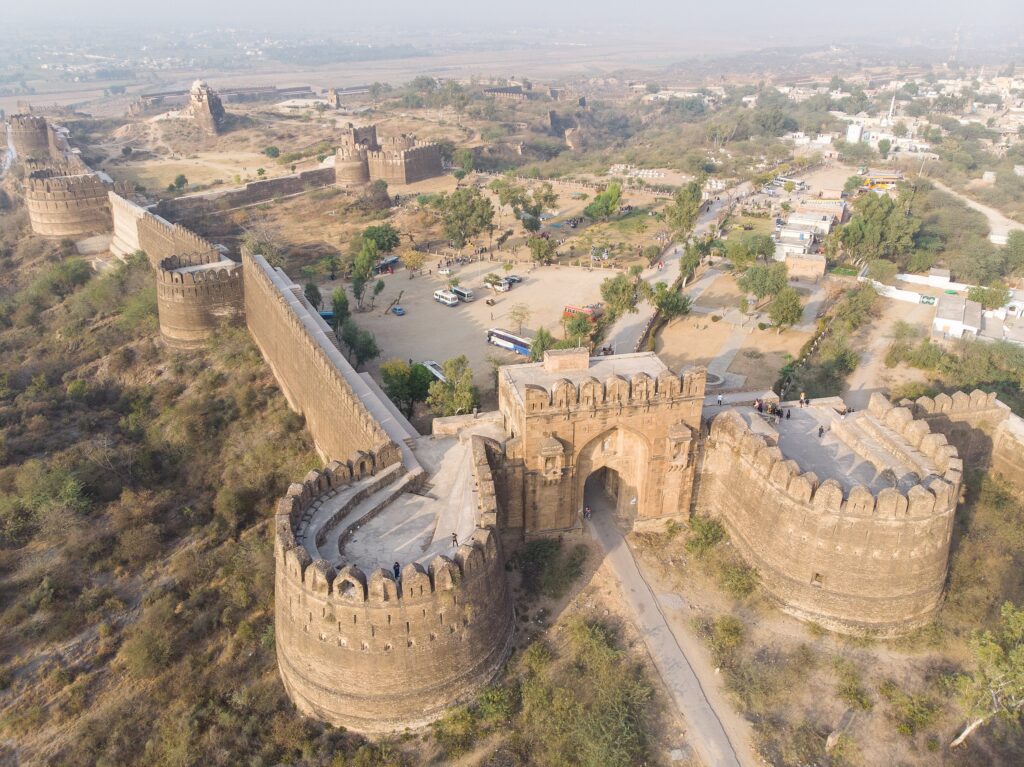
Fact 6: Youngest Nobel Prize winner from Pakistan
The youngest Nobel Prize winner from Pakistan is Malala Yousafzai. She was awarded the Nobel Peace Prize in 2014 at the age of 17. Malala gained international recognition for her advocacy of girls’ education and human rights, particularly in her native Swat Valley in northwest Pakistan, where she defied the Taliban’s ban on girls attending school. Despite surviving an assassination attempt by the Taliban in 2012, Malala continued her activism and became a symbol of resilience and courage. Her Nobel Peace Prize win solidified her status as a global advocate for education and children’s rights.
Fact 7: Pakistanis love to decorate their transportation
In Pakistan, particularly in urban areas, there is a tradition of decorating various forms of transportation, such as buses, trucks, and rickshaws, with vibrant and colorful artwork. This tradition, known as “truck art” or “bus art,” is a distinctive feature of Pakistani culture and is celebrated for its bold designs, intricate patterns, and vibrant colors.
Truck art and bus art often feature a variety of motifs, including floral patterns, geometric designs, religious symbols, and portraits of celebrities or political figures. Each vehicle is uniquely decorated, reflecting the personality and preferences of the owner or driver.
The practice of decorating transportation in Pakistan serves multiple purposes. It adds a touch of aesthetic beauty to the streets and highways, making the vehicles stand out amidst the hustle and bustle of urban life. Additionally, it serves as a form of self-expression and cultural identity for the artists and drivers involved in the process.
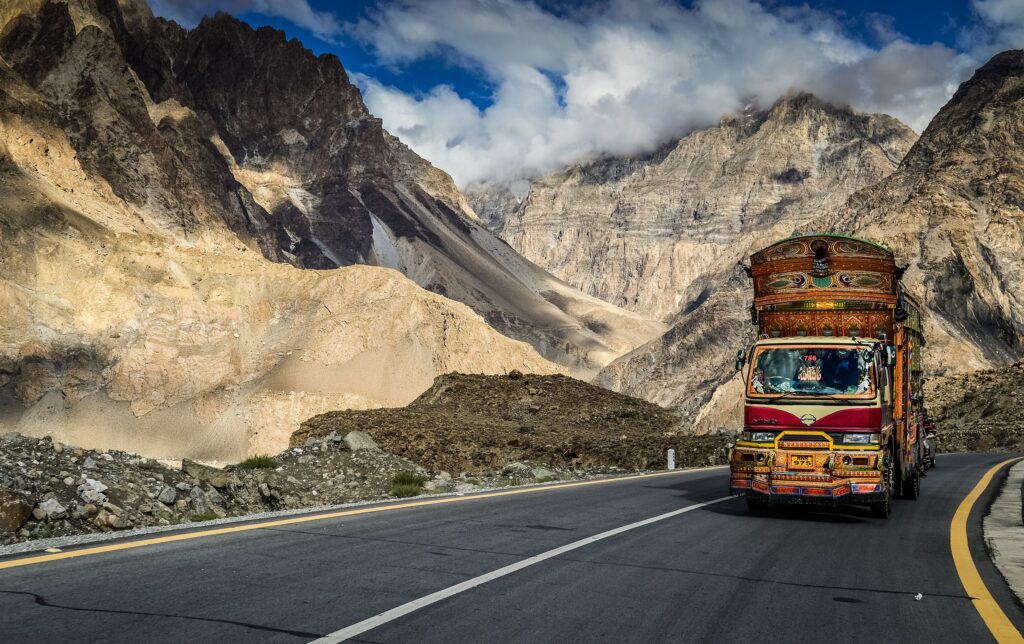
Fact 8: Pakistan produces more than half of the world’s soccer balls
Pakistan is a major producer of soccer balls, manufacturing more than half of the world’s total supply. The city of Sialkot, located in the Punjab province, is particularly renowned for its production of high-quality hand-stitched soccer balls.
Sialkot’s soccer ball industry has a long history, dating back several decades. The city’s skilled craftsmen and artisans specialize in the production of hand-stitched soccer balls, using traditional techniques passed down through generations.
The soccer ball manufacturing process in Sialkot involves cutting panels of synthetic leather or other materials, stitching them together by hand, and inflating the ball to the required pressure. Each ball is meticulously inspected for quality and durability before being shipped to markets around the world.
Fact 9: Ranikot fortress has a wall length of 27 kilometers
Ranikot Fort, also known as the Great Wall of Sindh, boasts an impressive wall length of approximately 27 kilometers (17 miles). Located in the Jamshoro District of Sindh province, Pakistan, Ranikot Fort is one of the largest forts in the world by circumference.
The fort’s massive wall, constructed primarily of stone and clay bricks, encircles an area of approximately 26 square kilometers (10 square miles), making it one of the most expansive defensive structures ever built. Its origins are shrouded in mystery, with some historians suggesting that construction may have begun as early as the 8th century CE, while others believe it dates back to the 17th century.
Ranikot Fort served as a strategic stronghold and provided protection to the inhabitants against invasions and attacks. Its impressive architecture, with massive walls, bastions, and gates, reflects the military prowess of the ancient civilizations that inhabited the region.
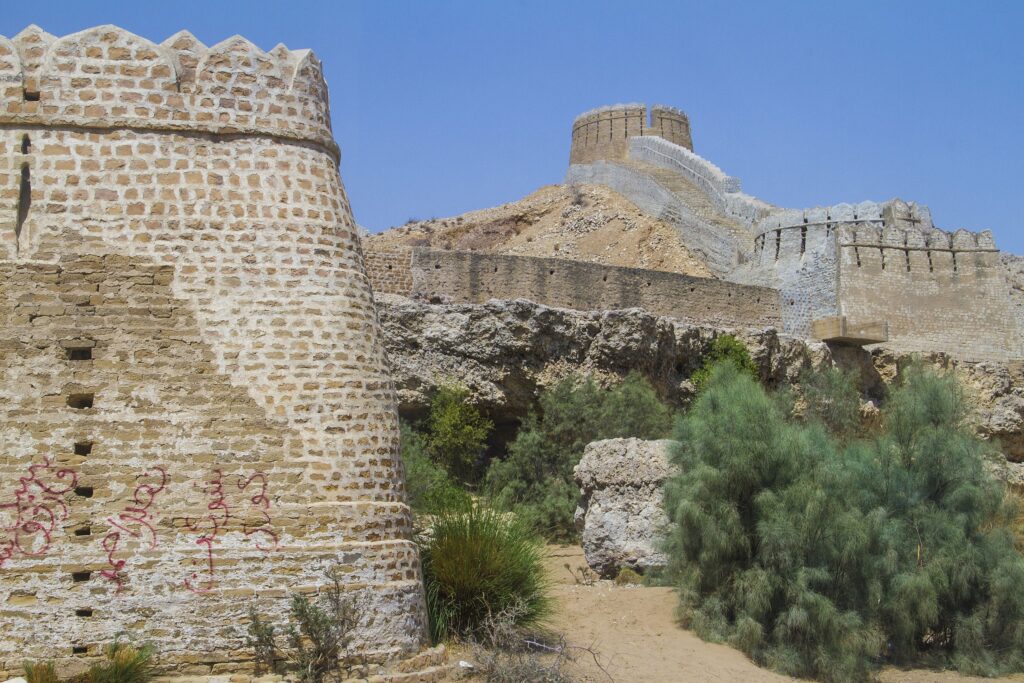
Fact 10: Pakistan is the first Muslim country to have a female head of government
Pakistan was the first Muslim-majority country to have a female head of government. Benazir Bhutto, the daughter of former Prime Minister Zulfikar Ali Bhutto, became the Prime Minister of Pakistan in 1988, making her the first woman to lead a Muslim-majority nation in modern history.
Benazir Bhutto’s tenure as Prime Minister marked a significant milestone for women’s rights and gender equality in Pakistan. Despite facing challenges and opposition, she implemented various reforms aimed at improving education, healthcare, and women’s empowerment. Her leadership paved the way for greater political participation and representation of women in Pakistan’s democratic process.
Benazir Bhutto served as Prime Minister of Pakistan on two separate occasions, first from 1988 to 1990 and then from 1993 to 1996. Her legacy as a trailblazer and advocate for democracy and women’s rights continues to inspire generations of Pakistanis and people around the world.

Published March 17, 2024 • 11m to read

